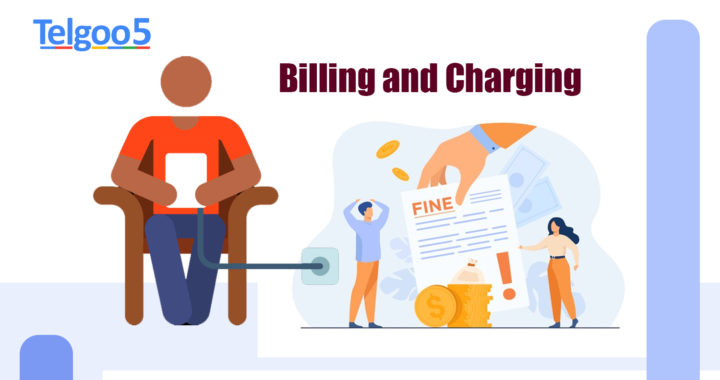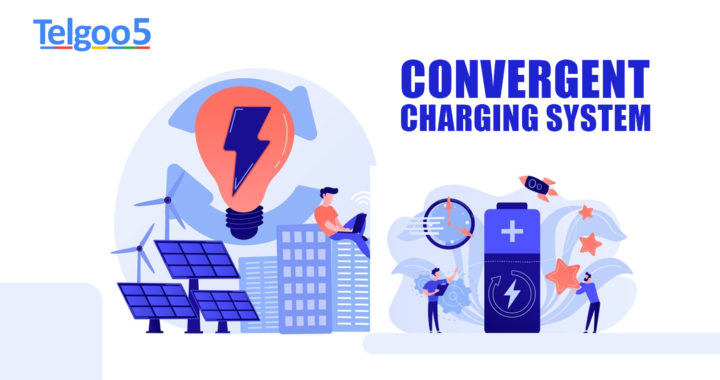5G is a transformational technology with immense potential. For telecom operators, it presents a very good chance to grow their customer base. Features like network slicing, ultra-low latency and massive bandwidths are extremely attractive to customers. Whether it is your business customers or home subscribers, you will be faced with unprecedented challenges while deploying 5G. Billing and charging need to be spot-on and you can’t make any errors in calculating charges.
Continue readingTag Archives: Charging System Telecom
Make Most of 5G Network Slicing in Healthcare with Convergent Charging System
5G network slicing is potentially the greatest innovation in the telecom industry. It provides unforeseen opportunities and can be the instigator of new business models. Connectivity is a vital asset for every business use case that is powered by technology. 5G network slicing allows for the creation of several logical networks over a single physical network. Each logical network can have its own unique characteristics such as speed, latency, security etc. The QoS-based network slicing provides unprecedented power to companies, especially those that are ready to be creative and use separate networks for supporting their different requirements. From a telecom operator’s point of view, this new technology presents a tough but rewarding challenge. Although a convergent charging system can definitely make things simpler.
Get the Right Billing and Charging Infra in 2021 to Guarantee Success
As we move towards a new year after Covid-19 stricken 2020, the challenges are expected to rise for MVNOs. An MVNO would need an MVNE and a proven telecom billing and charging services provider that can help it in its day-to-day functions.
Continue readingPrevent Your Customers from Bill Shock with a Future Proof Online Charging System
In the world of telecom, a bill shock is the surest way to lose your customers. You can do everything right, from creating the perfect plan to delivering your services as per expectations, but if your billing is not in place then you are in a world of trouble. Especially for small-scale MVNOs that thrive on supporting small customer bases, an inefficient billing system can sound the death knell for their business. The biggest reasons why many billing systems fail is due to the inefficiency of the OCS. Hence, it makes all the more sense to fix the problem at its source.
Continue reading


